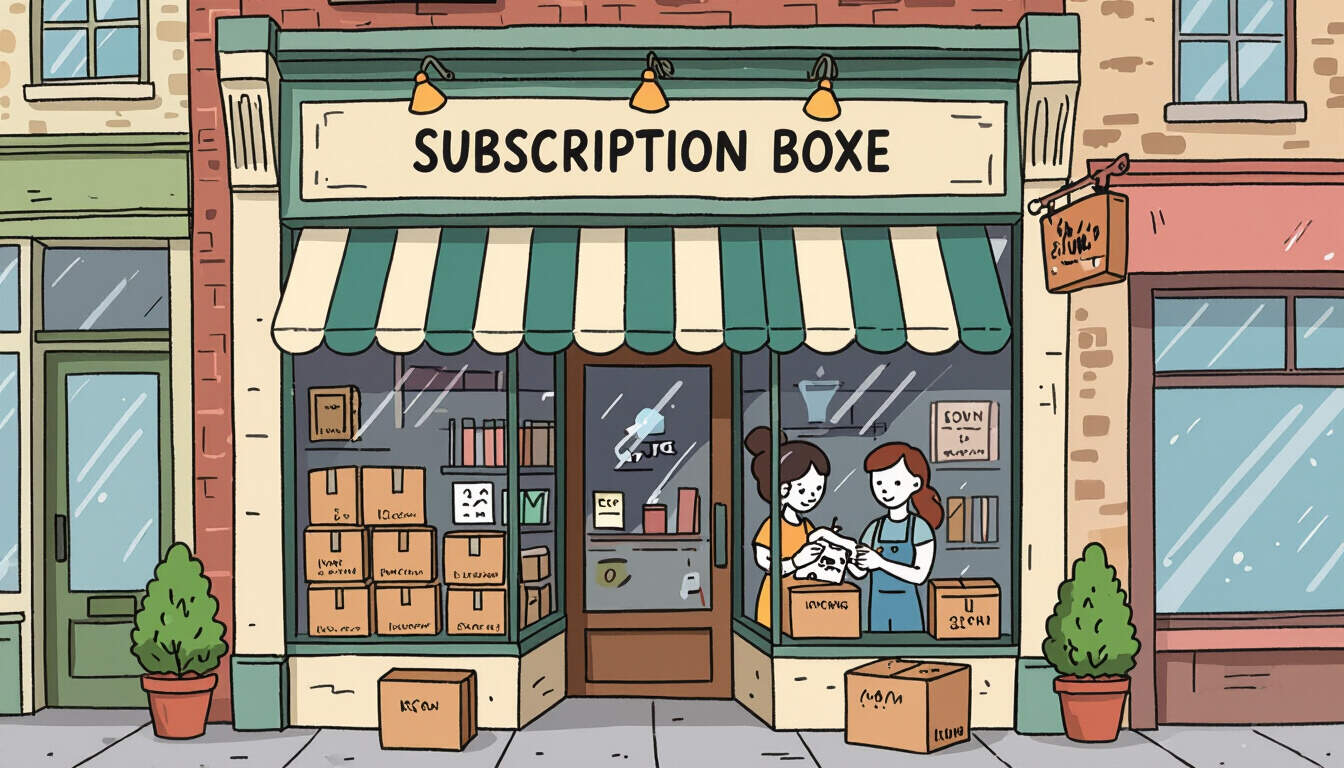Personalization Techniques for Tiny Subscription Commerce Models
 by Marlene Keeling
by Marlene Keeling
Discover how personalization can transform tiny subscription commerce models, offering tailored experiences that boost customer loyalty and sales. Learn practical strategies for entrepreneurs to implement these techniques effectively in their businesses.

Personalization in tiny subscription commerce models is key for businesses aiming to stand out. For entrepreneurs and small business owners, these models involve offering products or services on a recurring basis at a small scale. This approach helps build steady revenue streams while fostering customer relationships.
One effective technique is data collection. By gathering information from customer interactions, businesses can create profiles that inform future offerings. For instance, tracking purchase history allows for better product suggestions. Subscription commerce thrives when customers feel their needs are anticipated.
Another method involves segmentation. This means dividing customers into groups based on shared characteristics. Businesses can then send targeted communications to each group. For e-commerce enthusiasts, this ensures that promotions are relevant and engaging.
In practice, recommendation engines play a vital role. These systems suggest items based on past behavior. For tiny models, starting with simple algorithms can make a difference. Personalization techniques like this help reduce churn rates by keeping subscribers interested.
Consider email campaigns as well. Customized emails that reference previous purchases can increase open rates. Small business owners might use tools that automate this process without needing extensive resources.
Visual elements on websites also matter. Featuring personalized product displays based on browsing history can enhance the shopping experience. This is particularly useful in e-commerce setups where first impressions count.
Benefits of Implementing These Strategies
The advantages are clear. Personalized experiences lead to higher retention rates. Customers are more likely to renew subscriptions when they receive value tailored to them. This results in increased lifetime value for each subscriber.
Moreover, these techniques can improve conversion rates. By showing relevant options, businesses encourage more purchases. For tiny subscription models, even small improvements can have a big impact on profitability.
Practical Steps for Entrepreneurs
To get started, begin with basic tools. Many platforms offer free trials for analytics and personalization software. Entrepreneurs should focus on collecting consent for data use to maintain trust.
Next, analyze the data gathered. Look for patterns in customer behavior. This might involve simple spreadsheets at first. From there, create segmented lists for marketing efforts.
Testing is essential. Run A/B tests on personalized content to see what works best. For example, compare emails with and without personalization. Commerce models that adapt based on feedback tend to perform better.
Overcoming challenges is part of the process. Data privacy concerns are common, so ensure compliance with regulations. This builds credibility and avoids potential issues.
In tiny subscription setups, budget constraints might limit options. Opt for cost-effective solutions like open-source tools. The goal is to implement changes gradually for sustainable growth.
Real-world examples show success. A small coffee subscription service used personalization to suggest blends based on preferences. This led to a 20% increase in renewals within months.
Another case involves a book club model. By recommending titles based on reading history, they saw higher engagement. These stories highlight how techniques can drive results.
Measuring Success
Track key metrics to evaluate effectiveness. Look at subscription renewal rates and customer satisfaction scores. Tools that provide dashboards can simplify this.
Engagement metrics, such as click-through rates on personalized content, offer insights. Businesses should set benchmarks and adjust strategies accordingly.
For long-term success, integrate feedback loops. Encourage customers to share opinions through surveys. This data refines personalization efforts over time.
In summary, applying these methods can significantly enhance tiny subscription commerce models. Entrepreneurs and e-commerce enthusiasts will find that focused personalization leads to stronger connections and better outcomes. By prioritizing relevant strategies, businesses can achieve growth in a competitive landscape.
